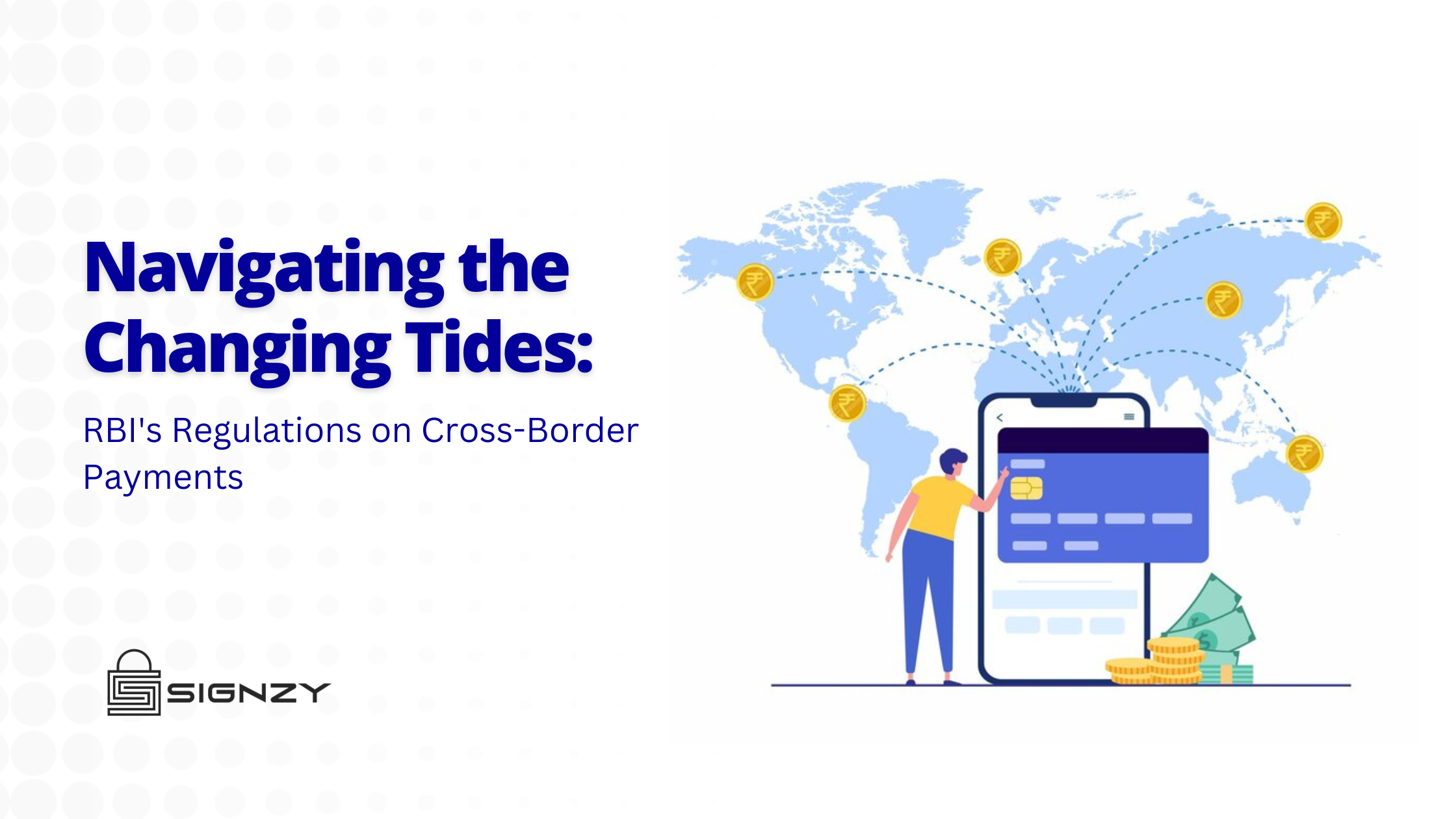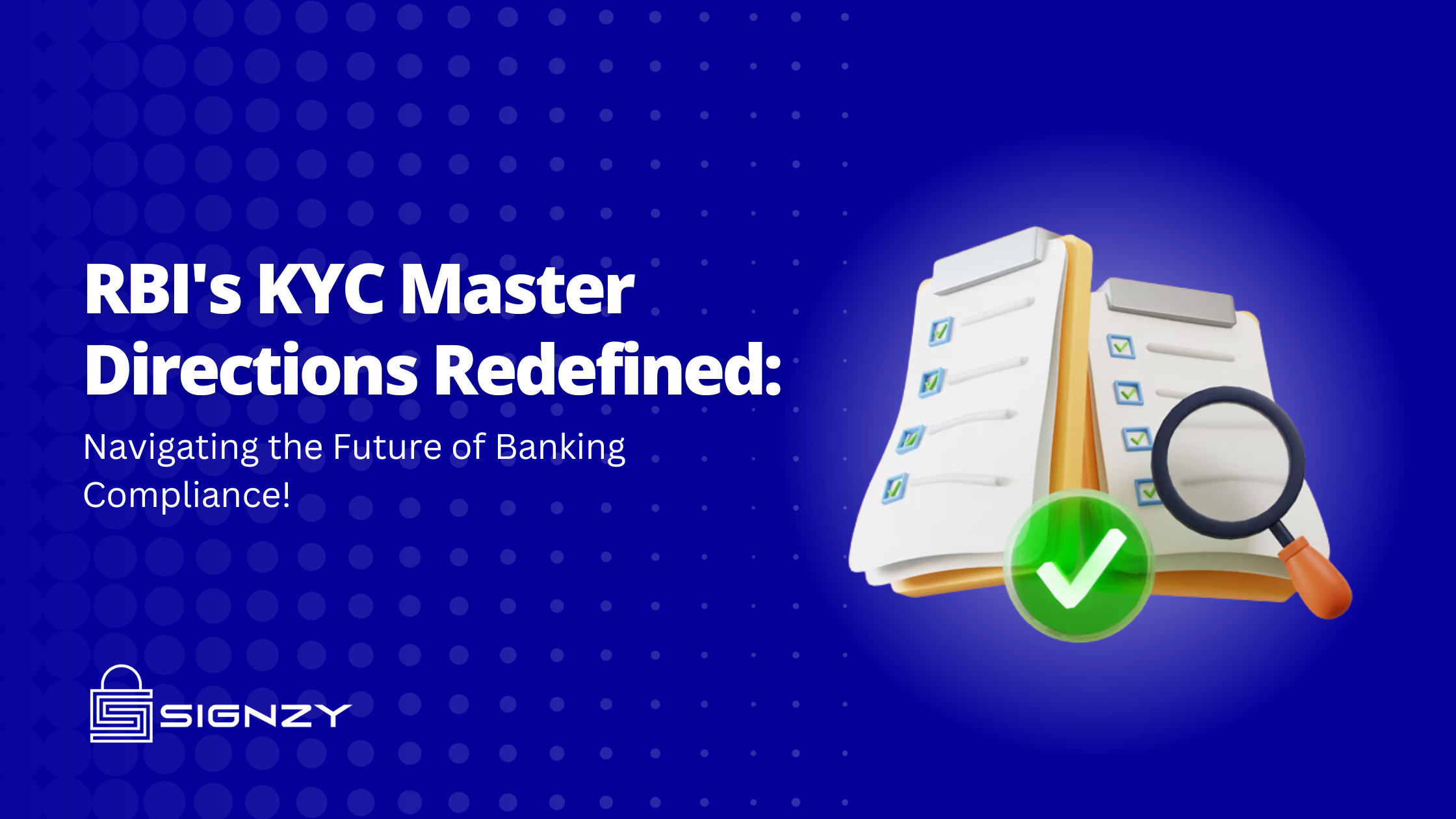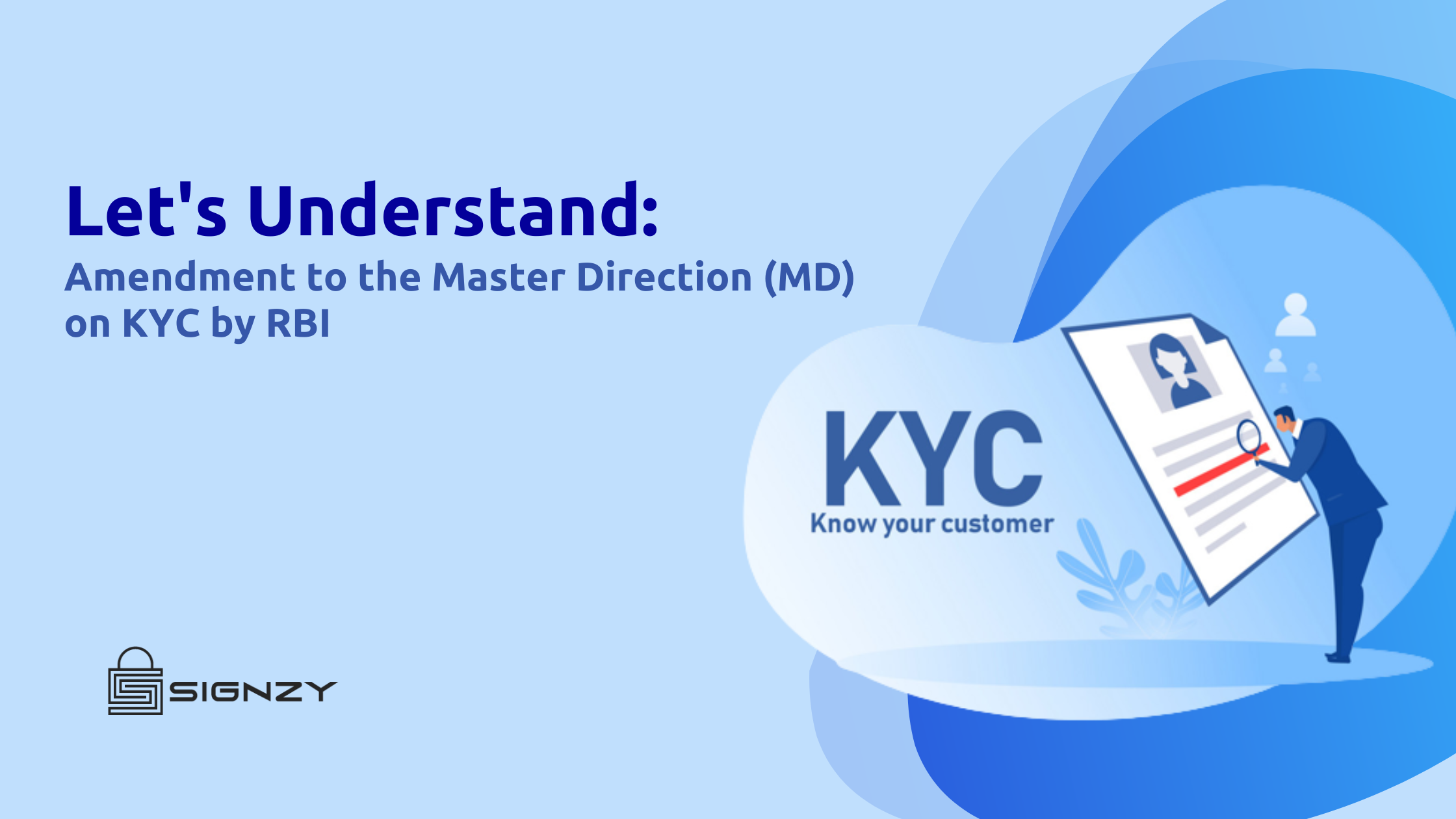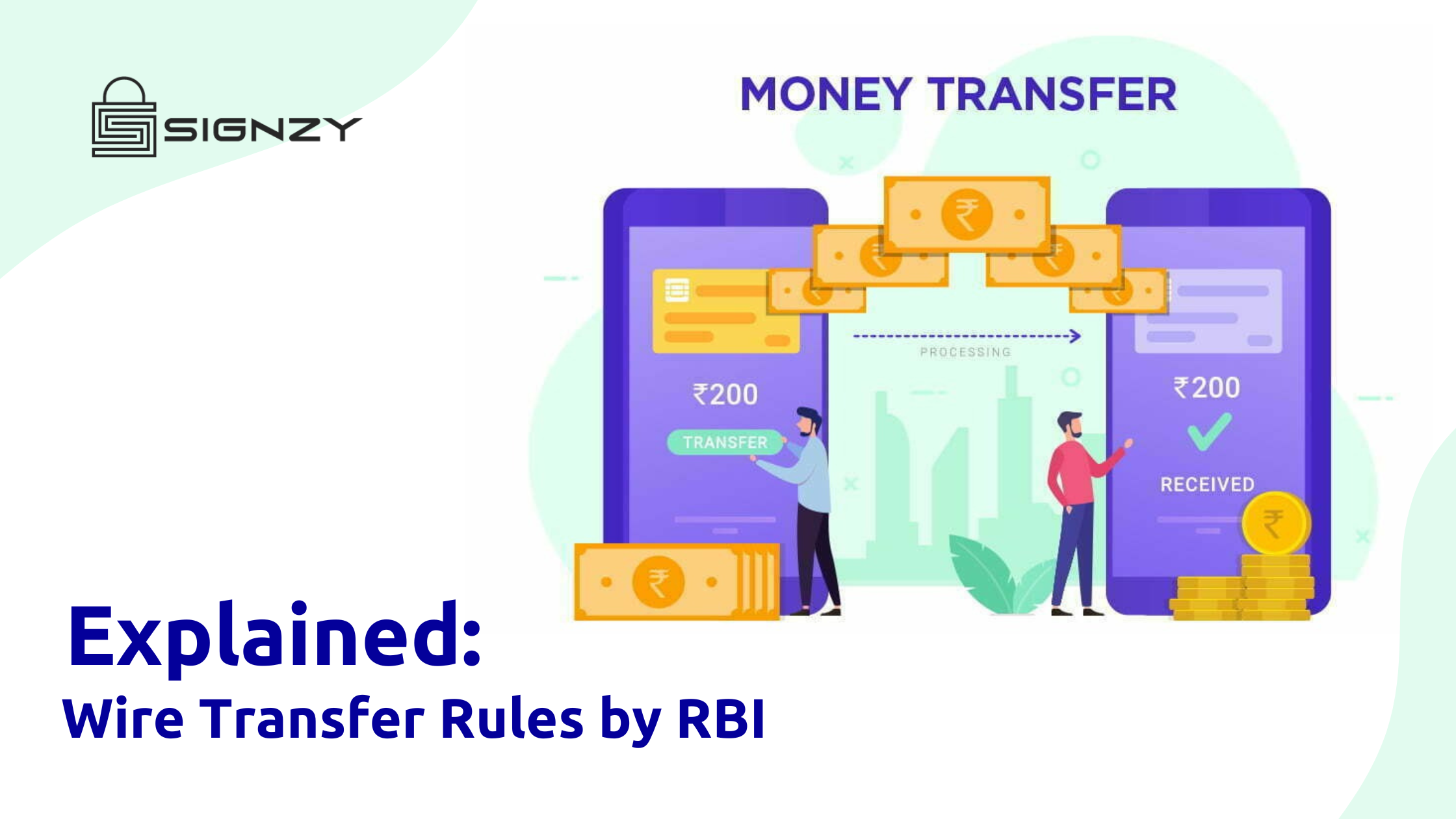In a pivotal move, the Reserve Bank of India (RBI) has ushered in a new era of regulations, significantly impacting entities engaged in cross-border payments for the import and export of goods and services. The focus of these regulatory changes is particularly directed at Payment Aggregator-Cross Border (PA-CB) services, signaling a shift in the dynamics of financial oversight.
RBI’s Direct Regulation
The RBI has taken a decisive step by directly regulating all entities facilitating cross-border payments, placing them under the umbrella term of Payment Aggregator-Cross Border (PA-CB). This regulatory embrace extends to both non-banking entities and Authorized Dealer (AD) Category-I banks. While AD Category-I banks are exempt from seeking separate approval for PA-CB activity, non-banking entities providing such services are required to seek authorization from the RBI by April 30, 2024. A grace period is granted for these entities to continue their services until the RBI reaches a decision.
Net worth Criteria
To reinforce financial stability, the RBI has introduced a networth criterion for non-banking entities involved in PA-CB services. As of the circular date, these entities must demonstrate a minimum net worth of ₹15 crore during the application for authorization, with an escalation to ₹25 crore by March 31, 2026. Failure to meet these criteria or apply for authorization within the stipulated time frame will result in the cessation of PA-CB activities by July 31, 2024.
Categories of PA-CB Authorization
Entities seeking authorization for PA-CB activity can opt for one of three categories: export-only PA-CB, import-only PA-CB, or export and import PA-CB. Each category comes with its own set of regulations and requirements, ensuring adherence to the specific directives outlined by the RBI.
Customer Due Diligence
Underlining the importance of robust financial transactions, the RBI emphasizes customer due diligence, particularly for transactions surpassing ₹2.5 lakh. In such instances, PA-CBs are mandated to undertake due diligence on the buyer. The onus of customer due diligence lies with the merchant, and proceeds from the Export Collection Account (ECA) shall only be settled in the account of such merchants.
FIU-IND Registration
As a prerequisite for seeking RBI authorization, non-banking PA-CBs must register with the Financial Intelligence Unit-India (FIU-IND). This additional step ensures transparency and adherence to anti-money laundering and counter-terrorist financing measures, fortifying the regulatory framework.
Payment Aggregators and Fintech Perspectives
In response to the RBI’s stringent regulations, payment aggregators and fintech companies, which form the backbone of India’s digital financial ecosystem, are carefully evaluating the impact on their operations. While the networth criteria and the April 30, 2024, deadline for authorization pose challenges, the networth criterion, though potentially burdensome for startups, is crucial for instilling confidence, particularly among small and medium-sized businesses (SMBs).
Fintech innovators, often at the forefront of technological advancements, recognize the need for regulatory frameworks that balance innovation with robust financial structures. Payment aggregators, in particular, play a pivotal role in enabling e-commerce sites and merchants to accept various payment instruments seamlessly. These entities streamline the payment process by collecting payments from customers, pooling them, and transferring them to merchants. The delay in obtaining payment aggregator licenses has been a longstanding concern, and the new regulations bring both challenges and opportunities for these players to align with regulatory expectations.
Future Outlook
With cross-border payments witnessing a global surge, the RBI’s regulations are poised to establish a robust framework for entities facilitating these transactions. As the financial landscape evolves, the increasing transaction flows underscore the significance of secure and streamlined cross-border payment systems. In navigating these changing tides, the financial industry eagerly anticipates further updates and refinements in the regulatory framework, fostering an environment conducive to innovation and sustained growth.
About Signzy
Signzy is a market-leading platform redefining the speed, accuracy, and experience of how financial institutions are onboarding customers and businesses – using the digital medium. The company’s award-winning no-code GO platform delivers seamless, end-to-end, and multi-channel onboarding journeys while offering customizable workflows. In addition, it gives these players access to an aggregated marketplace of 240+ bespoke APIs, easily added to any workflow with simple widgets.
Signzy is enabling ten million+ end customer and business onboarding every month at a success rate of 99% while reducing the speed to market from 6 months to 3-4 weeks. It works with over 240+ FIs globally, including the 4 largest banks in India, a Top 3 acquiring Bank in the US, and has a robust global partnership with Mastercard and Microsoft. The company’s product team is based out of Bengaluru and has a strong presence in Mumbai, New York, and Dubai.
Visit www.signzy.com for more information about us.
Contact us directly!







